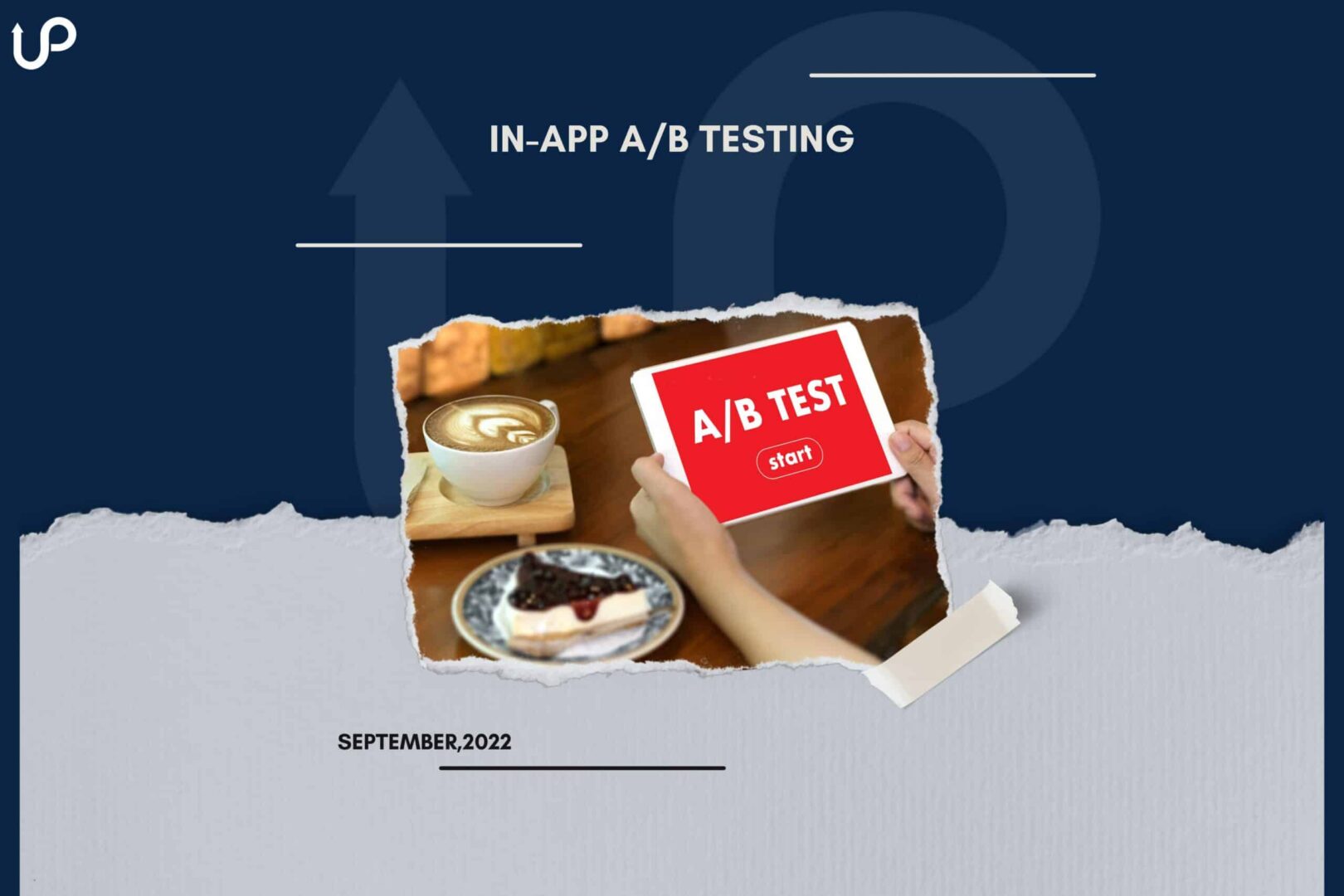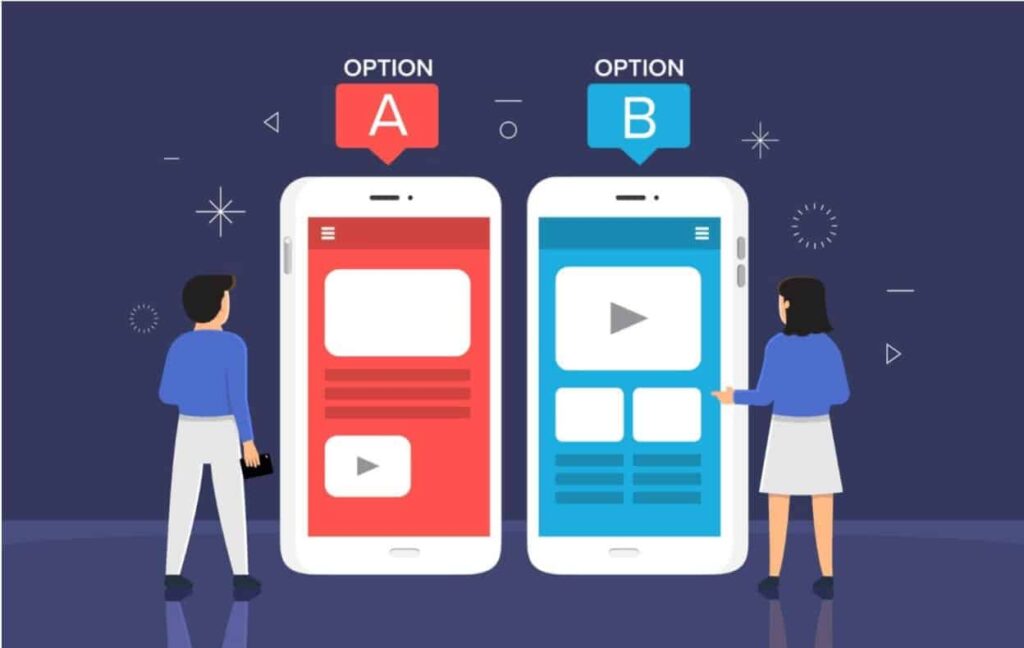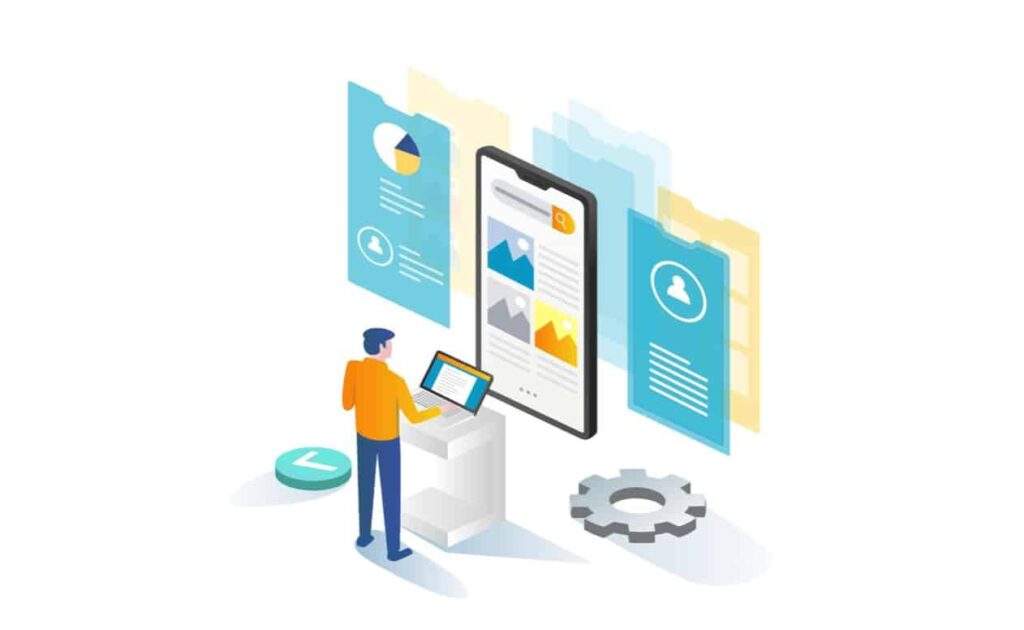
In-app A/B testing is among the best ways for you to decide how you want your app to look, how it functions, or how your users should experience it on their end. While it has a lot of benefits, not many app developers or marketers know how to do it properly.
Image source: Vecteezy
In this post, you will learn more about in-app A/B testing, why you should perform it, and how it works.
What is mobile app A/B testing?
Mobile app A/B testing is the process of comparing two or more app elements and seeing which of them would deliver the best result. A/B testing is done by creating different segments of your users. The number of segments would depend on how many elements or variables you want to test.
From there, you would then let the users of each segment experience the variables. When enough traffic or data is gathered, you can then decide which of the variables delivers the best results according to your statistics.
What isn’t mobile A/B testing?
The term A/B testing doesn’t only apply to mobile apps but to all types of products. It can be used in various industries, businesses, and experiments. A/B tests are not only used in marketing, but also in scientific experimentation and even in your daily life.
Mobile A/B testing is a specific term used to refer to A/B tests done for mobile apps. So, generally speaking, mobile A/B testing is not the same as A/B tests done in other industries. Although the concept is the same, mobile A/B tests have different goals.
What are the benefits of mobile app A/B testing?
There’s a reason that top app developers and marketers regularly do A/B testing. The benefits you derive from A/B tests can be a game-changer and can even help you gain more success in your app.
Here are some of the top benefits of A/B testing mobile apps:
Improve data-driven decisions
A/B tests give you clear and better insights into which variations of your app work best for your users. You might already have an idea of which variation to use. However, you can’t simply rely on your assumption, which can be affected by your own perception and bias.
With A/B tests, you can determine which of your variables you should use based on data and statistics. You don’t need to blindly choose because you have your test results that back up your decision.
Increase user engagement and installs
A/B tests allow you to know which of your app versions result in better user engagement. If you’re wondering why your users don’t interact with your app that much, then you can find the answer through A/B tests.
Moreover, you can test your app listing elements such as name, subtitle, icon, screenshot, and video with app testing. By comparing various versions of your app listing, you’ll know which elements resound better to your users.
When you have properly set up your app elements, you can attract more users, impress them, and convince them to install and use your app.
Minimize risk
If you’re trying to add new features to your app, you can first test it out and see how well your users would receive them. A/B tests can help you whether a new feature is appreciated or not. This allows you to minimize the risk of turning off users and chasing them away.
Moreover, A/B tests help you know the best way forward. It would be such a great tragedy to invest time, energy, and money into something that would eventually flop.
So, with A/B tests, you can lower the risk of wasting your precious resources on things that won’t actually benefit your app or users.
Stay competitive
The world of mobile apps is constantly changing. The trends come and go. Seasons affect user behavior. Updates on app stores change algorithms and how people discover apps.
That’s the reason you should perform A/B testing regularly. Sometimes, you will learn that what actually works today may not be the same in a few weeks, months, or years to come.
For example, your screenshots may be performing well, but give it a few months and you need a newly updated set of screenshots to meet current demands and trends.
Improve user experience
The success of your app heavily relies on how satisfied your users are. You might already believe that you have the best elements in place, but with A/B tests, you can further improve them.
Users stick with your app when they see that it offers value. You can perform mobile A/B tests to know which of your app features need improvement, what new features you can add, what existing features you can remove, and so on and so forth.
What is the process of mobile A/B testing?
The process of mobile A/B testing can be different depending on what you want to achieve. However, the steps are almost the same. These can be the following:
Image source: Vecteezy
Step 1: Create a hypothesis
Hypothesis, or what they call an educated guess, is the proposed outcome of your A/B test. You might already have a result in mind based on your existing data.
For example, your formulated hypothesis can be, “Requiring users to sign up before using the app can increase revenue.”
Step 2: Use an A/B testing platform
Now that you have a hypothesis, it’s time to test it out. To do this, you’ll need an A/B testing platform. There are many platforms that offer their services. It can be a standalone testing tool or just a component of a bigger analytics program. You can go online and search for these platforms.
Once you have found an A/B testing service provider, discuss it with them your needs and they should be able to guide you further and show you more specific steps to take.
Step 3: Test your hypothesis
You can now proceed in testing your hypothesis. Depending on your chosen A/B testing tool, this process may take weeks or months for you to get a meaningful result.
While you wait for the result, you need to monitor your test. If you are seeing a detrimental change or effect brought about by the variables you are testing, you may want to stop the test early. This way, you don’t risk giving your users a poor app experience.
Step 4: Evaluate the result
By the end of your test, you should already have all the necessary data that you need to draw the final conclusion from.
Look at your data. Does it support your hypothesis? If yes, then you can accept your hypothesis and perform the necessary changes. If not, then you can re-adjust your variables and do the process over again.
Perform A/B testing more effectively
A/B testing can easily become a complicated process if you don’t have the right knowledge and experience. For this reason, you can leave your A/B testing needs in the hands of ShyftUp.
ShyftUp is an expert when it comes to A/B tests. They have the perfect tools combined with their expertise to give you your needed data. On top of that, ShyftUp is a leading user acquisition agency that will help you gain more installs and users.
Give them a try today and see how they can help!
What is AB testing in apps?
AB testing in apps is the process of determining which of the two or more variables delivers the best results. With AB testing, you divide your target audience into groups, depending on how many variables you want to test. You then let each segment experience one variable and compare the results.
Why are AB tests harder mobile?
AB tests can be more difficult on mobile because of how users use the Internet. Some users use their mobile phones and desktop computers at the same time. This causes a blurring of data sources when it comes to AB tests.
Can you do AB testing on App Store?
Yes, you can. Apple’s App Store offers custom product pages. You can let specific groups of your users see one custom product page and see how they engage with it. You can perform this multiple times and then compare the data you have gathered.

